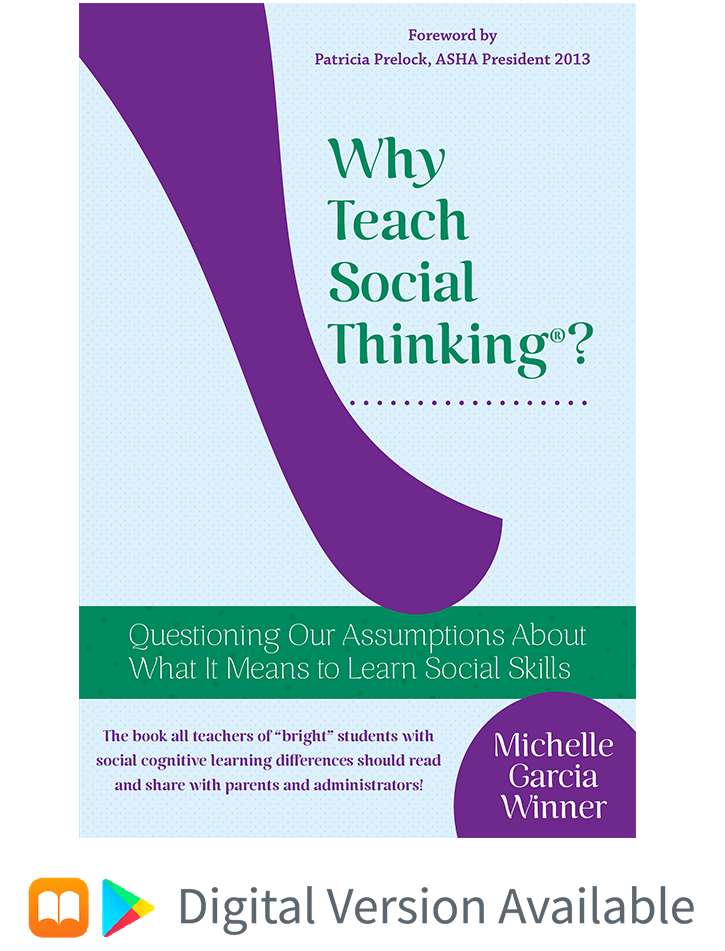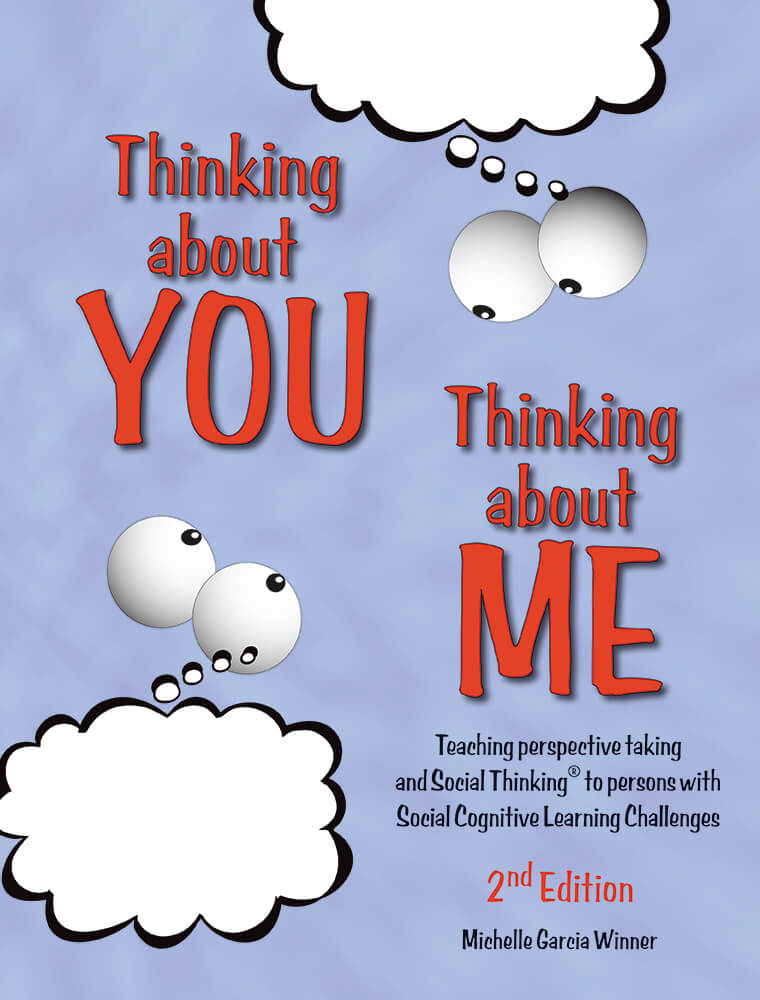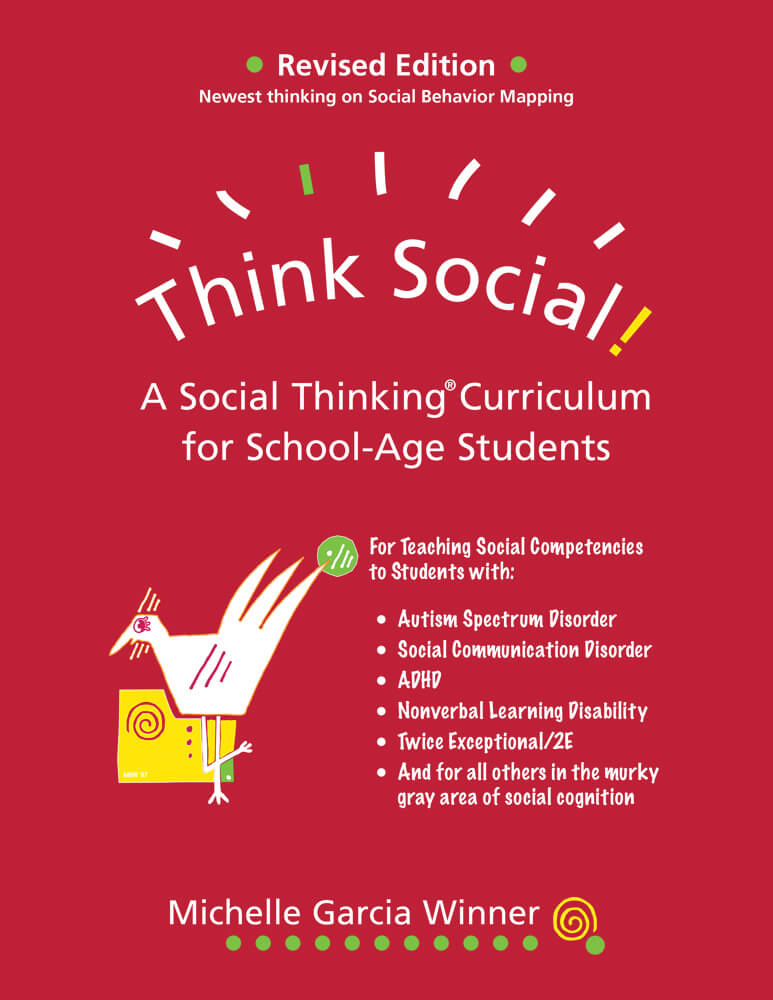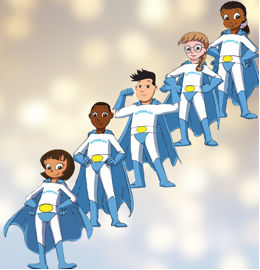Updated: December, 2023
© 2023 Think Social Publishing, Inc.
As we travel around the country, people are often interested in what we recommend as the DOs and DON’Ts related to Social Thinking Methodology. We start out by saying: be flexible! Be an observer, be supportive, be present! It turns out that what we teach our students and clients is sound advice for us as well.
Knowing how much everyone likes “details” we've put together a list of 18 points to consider (the DOs) and 18 to avoid (the DON'Ts). It's not comprehensive by any means, but it does give us all food for thought. The suggestions below are designed to provide guidance on building your customized lesson scope and sequence. Because we work with preschool, school age, and adults, these DOs and DON’Ts apply broadly across age ranges unless otherwise specified. DO keep in mind it is assumed professionals and caregivers are introducing and teaching Social Thinking concepts only to those who learn best from language-based lessons via discussions.
Click Here to Download the DOs and DON'Ts
DO THIS |
NOT THIS |
|
| 1 |
DO develop a relationship prior to attempting to teach Social Thinking vocabulary, frameworks, or concepts.
|
DON’T put materials from the Social Thinking Methodology (STM) in front of a student without first getting to know their desires and goals first. |
| 2 |
DO start by helping individuals realize they have their own thoughts and feelings about others’ social behavior.
|
DON’T start by teaching how to behave differently or to behave because you said so! |
| 3 |
DO recognize the importance of the situation or context when teaching any social concepts. How we observe, interpret, and respond to information (or refrain from responding) is part of how we understand the spoken/written or hidden rules in a situation.
|
DON’T teach social skills as something that should be memorized and applied across every environment or situation.
|
| 4 |
DO use the Social Thinking Vocabulary to build social observational skills! This will help the individual not only appreciate their own thoughts and feelings, but also notice when people are doing or feeling okay or when they are not.
|
DON’T teach ST Vocabulary as a set of social skills followed by a reward. This would be a very behavioral way to teach social skills, lacking the deeper insight we are trying to teach our students. It is the thinking related to social skills that helps with basic social problem solving.
|
| 5 |
DO teach individuals to recognize that WE ALL have expectations for how others behave around us. When using the terms “expected and unexpected” behaviors, make this be all about observing what is expected in that particular situation from their point of view – not yours We call this “inside out” teaching and all concepts should initially be taught from the student’s perspective first.
|
DON’T start by telling students that you have expectations for them to change their behavior to suit a pre-determined norm. Don’t teach from your perspective only.
|
| 6 |
DO explain the idea that we ALL have some areas of learning that are easier and some that are harder to process. Explain it from a brain perspective: "Your brain makes this easy to learn (e.g., bugs, math, history) and your brain makes some things harder to learn (e.g., asking for help, getting in a group).” Help individuals know that everyone has something their brain needs to work at learning. (See related article, “Teaching Students About Their Learning Styles (Strengths, Differences, and Relative Challenges)”).
|
DON’T structure lessons on what you think or assume are social difficulties or think they need to learn. Find their or social learning strengths and listen to their desires.
|
| 7 | DO help individuals develop a situational awareness. This translates into helping them learn what is important (context, emotions, words, body language, etc.) so they can gather clues to interpret (make a smart guess) the information. Keep in mind that the social mind is as much about interpretation as it is about social responses! None of us can figure out how to respond if we have not accurately interpreted the situation. |
DON’T assume a student that tells or explains social skills also feels confident or understands what to do in the moment to move towards their social goals. Never assume an individual is too smart or too old to actually role-play the skill they are working on. |
| 8 | DO practice social skills relevant to the person’s social goals. Many students benefit from role-plays, real-time group practice, video feedback, discussions, and good old-fashioned practice. Practice helps all of us develop skills. Be clear and explicit in your feedback. |
DON’T just tell students what they are doing wrong. |
| 9 |
DO always give at least two positive comments for every constructive comment you provide. Encourage the individual to find their own positive feedback (inner coach) as well as provide personal constructive feedback.
|
Again DON’T just tell students what they are doing wrong.
|
| 10 |
DO create many opportunities for group members to give each other supportive feedback. This does not mean it always has to be positive feedback, as critical feedback can be given in a supportive manner (teach them how to do this!). Do teach how to tolerate one another even if they don't like each other. (It's a valuable life skill to learn how to tolerate a person we would rather not spend time with!) This helps teach empathy while relating to others.
|
DON’T assume individuals need to be friends to work in a group. Avoid telling group members you expect them to become friends. |
| 11 |
DO teach the same lessons in many different ways! It helps to approach the concepts or strategies from several different perspectives. It's okay to repeat a lesson right away or at a later time if it is complex. Core Social Thinking concepts and related social skills can be applied in an infinite number of situations so there are a LOT of different ways to explore the information.
|
DON’T follow the exact order of lessons in our books unless it specifically says to do so. Most of our resources are meant to be dynamic and used in a flexible manner. In other words, make your lesson plan based on the needs of the group or student or their goals, not according to the next lesson in the book.
|
| 12 |
DO stay flexible to what you are teaching on any given day. At times our students come in the door with strong emotions or problems that can’t wait for a different day to be addressed. You may have to put a lesson on hold, or not teach it as deeply to be responsive to what your students need on that specific day.
|
DON’T become rigid. Always remain open and available to what your students need from you (socially & emotionally) on any given day in that moment. Adjust and be flexible!
|
| 13 |
DO tie the concepts of Social Thinking to the core curriculum. The roots of Social Thinking are embedded in the State Standards (see our article "Social Thinking Social Learning Tree"). Talk about the fact that social understanding used in social interactions is the same social understanding used when reading a novel or when considering the audience for written expression.
|
DON’T make social learning be all about the playground and after school activities. Social learning applies in the classroom as students work as part of groups and process and respond to social information in the curriculum.
|
| 14 |
DO encourage individuals to mentor each other in the group; allow groupmates to coach each other or share their perspectives. Guide each student to be a coach – they take this seriously (usually) and with guidance it is win-win for everyone in the group.
|
DON’T have the leader (teacher) of the group be the only person to provide feedback or share ideas.
|
| 15 |
DO compare the individual only to where they started. This is about their gains based on their starting place.
|
DON'T compare one student’s progress to another's. Don’t compare progress to neurotypical norms.
|
| 16 |
DO allow yourself time to simply listen. Take time to hear about their experiences, how they interpret the world, and observing their actions/ and reactions. No books or curriculum can ever provide all the information you need to teach every person. The more you understand their history and the manner in which they process the social world, the better you will problem solve what lessons are needed and how to respond on a personal level.
|
DON’T rush into lessons and think you know where to start. All good social teaching starts by taking time to learn about the group.
|
| 17 |
DO use Social Thinking Thinksheets as mini-lesson plans which can help you launch a deeper discussion about our concepts and guide you toward giving individuals more practice in learning related social skills.
|
DON’T hand a Thinksheet to the student or person like you would a worksheet.
|
| 18 |
DO enjoy the process of learning about yourself. We often become the students rather than the teachers!
|
DON’T you already know about the social world. You'll discover that some of your best professional and life insights may come from the students or individuals you’re teaching!
|













